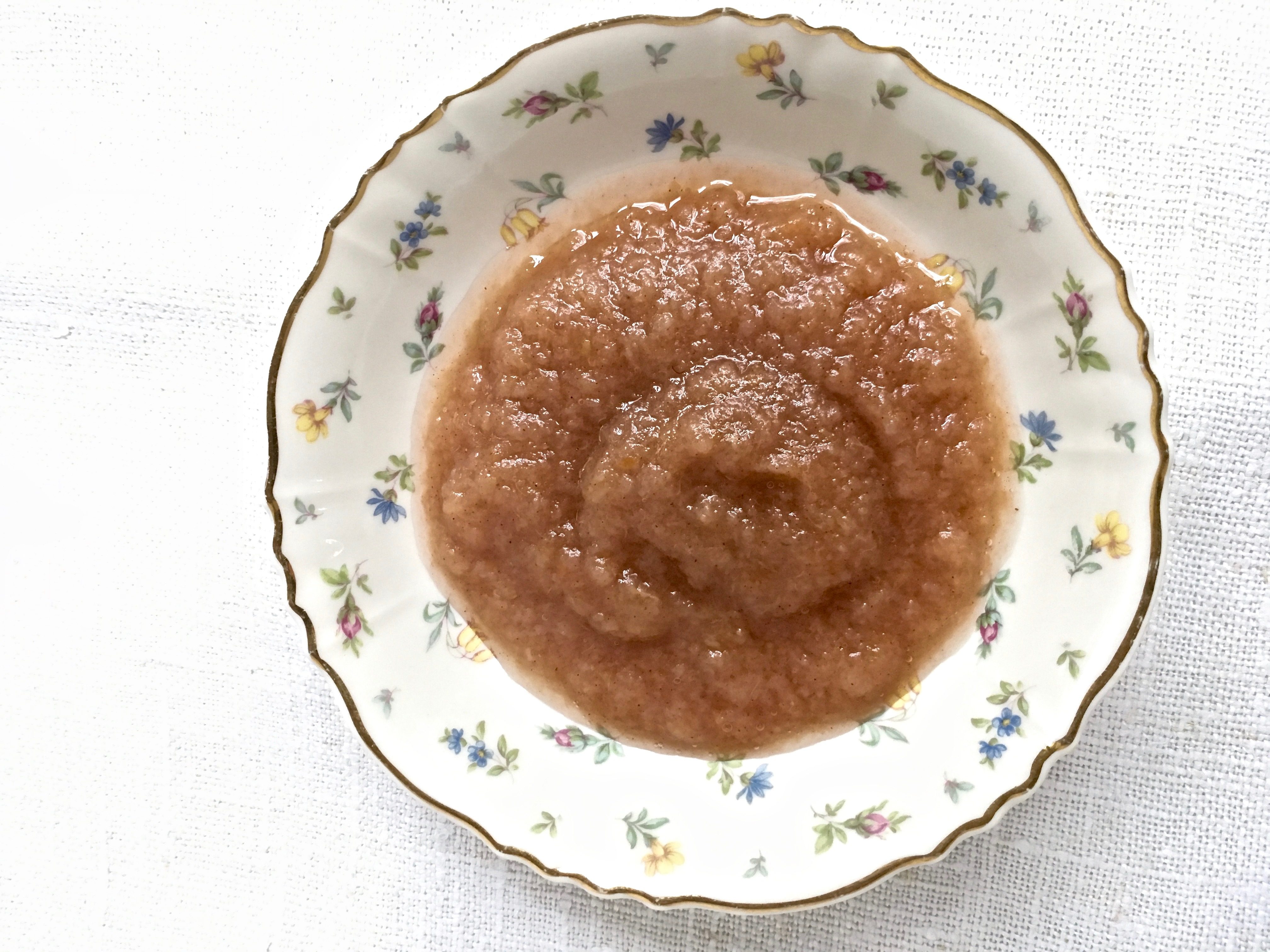Let’s talk about apples. Autumn brings fresh, crisp air, fewer hours of daylight, bountiful harvests, and SCHOOL LUNCHES. Of course, I’m not talking about the pizza or sub buffet at the local high school these days. My type of school lunches were packed in a brown paper bag, and I liked it that way.
Through elementary and junior high school, my lunch consisted of peanut butter and jelly sandwich on thickly-sliced homemade bread, a small baggie of potato chips, an apple, and 2 cents for milk. It was a tough day when, not only did I have to drink milk from a nasty little cardboard carton, but the price went up to a nickel.

There are thousands of varieties of apples with varying dates of ripeness. As a kid, I always loved mcintosh and jonathan apples, because they were crisp and juicy. Our family went to an orchard in Lake City, MN almost every fall to buy a couple bushels of apples, which were stored in our garage and eaten until Christmas.
One of my “new” faves is the honeycrisp apple. According to the internet, it is the official state fruit of Minnesota. I didn’t even know we had a state fruit, but it makes sense, since it was developed at the University of Minnesota. And it is officially amazing – crisp, juicy, sweet, and tart at the same time.
An earlier apple, also bred locally, is the zestar. It is supposed to be similar to honeycrisp in flavor, but the texture is softer. Disappointingly softer. Even though I don’t enjoy eating softer apples, they make great applesauce.
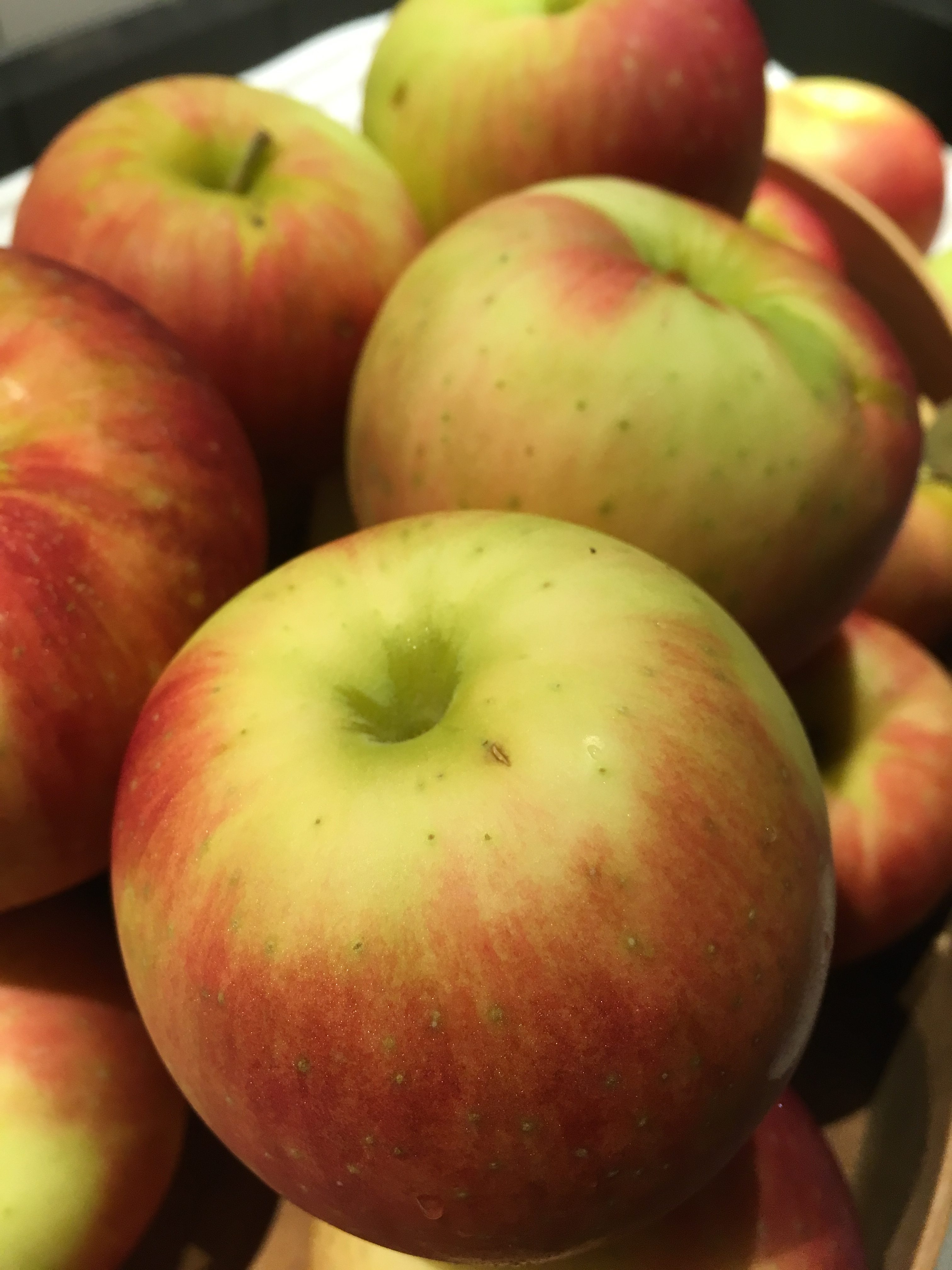
While all varieties of apples make fine sauce, some are probably better suited than others. Crisp apples make a beefier sauce. Softer apples make a runnier sauce. Enough said.
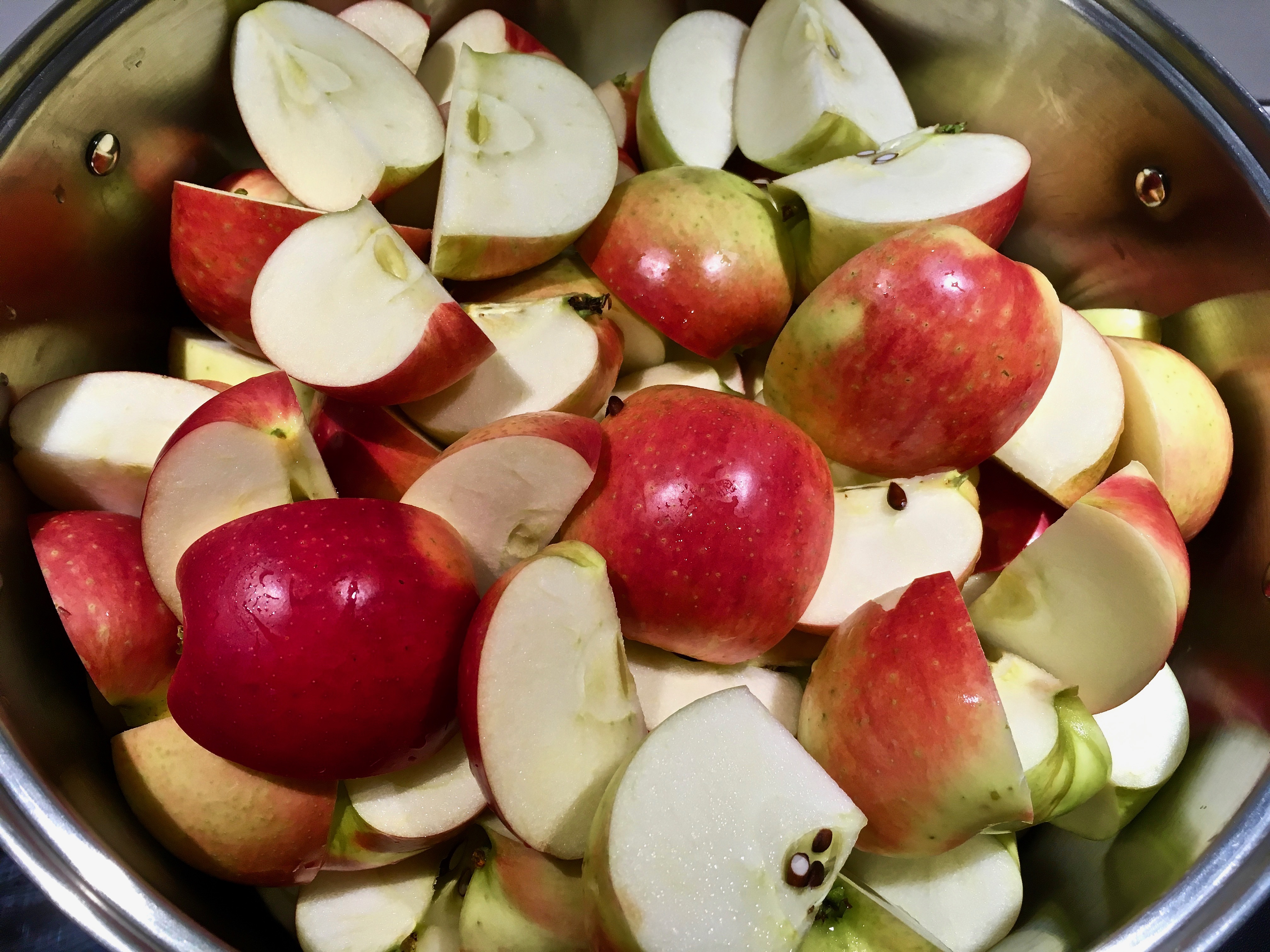
I prefer making sauce on the stove, where I employ my huge stockpot. A crockpot works fine, if you don’t have many apples to cook. Everyone has their own method, but the way I make applesauce is for people who are busy and can’t be bothered to peel, core, and chop a bajillion apples. So, here’s my easy method:
- Let the apples soak in a large bowl of lukewarm water with produce wash or white vinegar added, then rinse.
- Using a sharp knife, quarter the apples.
- Put them in a pot and pour 1/2 cup of ginger ale or 7-up over them, which limits browning and gives a little liquid to begin the cooking process.
- Cook until soft, poking floaters down occasionally.
- Process with a ricer/food mill.
- Bag and freeze.
It’s that easy!
If you don’t want to use canned soda as the acid, use lemon juice. Freshly squeezed lemons work much better than the bitterness of bottled lemon juice.

I use a crank-style food mill, but a ricer would work just as well. Make sure to reverse the crank occasionally to scoop up the peel and seeds, which can be discarded or composted.
This applesauce is slightly pink/brown for 3 reasons:
- It was cooked with red peels, duh!
- A little oxidation will happen when you don’t add products like FruitFresh. It doesn’t change the taste, just gives the sauce a little color.
- I add some cinnamon, because apples & cinnamon together make me happy.
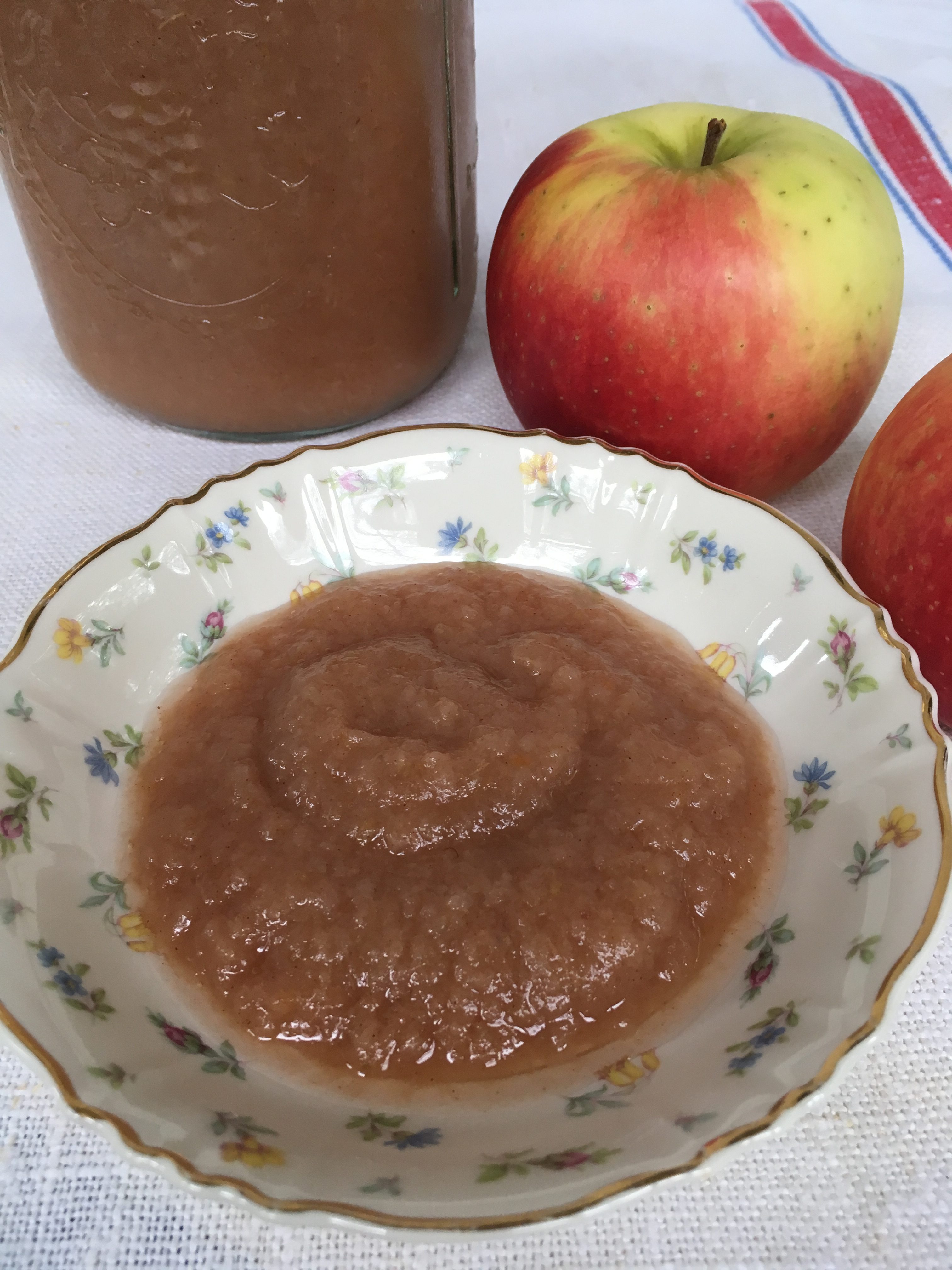
This cute little sauce dish is from my great-aunt Margaret. You can read about her colorful life in this post.
Print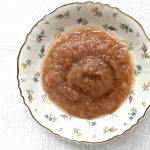
Homemade Applesauce
Description
Applesauce cooked on the stove, without all the hassle of peeling apples.
Ingredients
- Apples
- Produce wash (such as Biokleen) or white vinegar
- 1/2 cup soda, such as 7Up or Ginger ale
- Ground cinnamon
Instructions
- Remove stems and leaves, and wash apples in diluted produce wash or white vinegar, then rinse apples well.
- Cut into quarters. Pour soda over the apples (or diluted freshly squeezed lemon juice). Cook in stockpot over medium-low heat, poking down apples as necessary, until soft. This may take a couple hours.
- Process in a food mill to remove peels and seeds. Stir in cinnamon to taste. Scoop into freezer bags and freeze.

